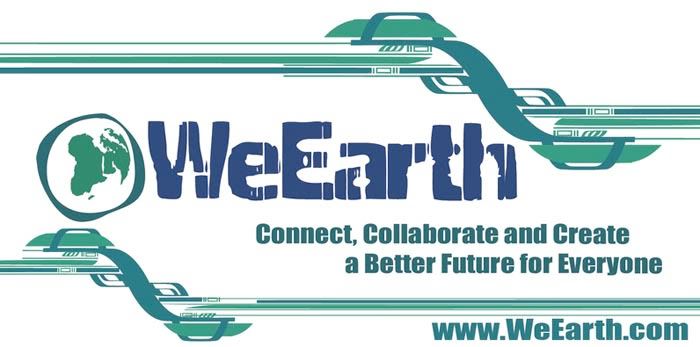
8 Natural Wonders have been added to the list of natural wonders, called the World Heritage List, as designated by UNESCO.
“Natural World Heritage sites represent the best of what nature has to offer,” says native Australian David Sheppard, Head of the Protected Areas Program for the International Union for Conservation of Nature (IUCN), the organization which recommended the sites.
The UNESCO designation is meant to protect natural wonders from the encroachment of humanity, but the sites inevitably draw more attention when they are added to the list, from well-meaning tourists.
Sanqingshan National Park in China was designated by UNESCO for its"scenic quality, marked by the concentration of fantastically shaped pillars and peaks: 48 granite peaks and 89 granite pillars, many of which resemble human or animal silhouettes."
Lagoons of New Caledonia in the South Pacific are a highly diverse coral reef ecosystem, which some scientists believe have a high marine life population than Australia’s Great Barrier Reef.
Joggins Fossil Cliffs in the Bay of Fundy, Nova Scotia is a series of rocks and cliffs in Eastern Canada contains fossils of reptiles and preserved upright fossil trees from the Coal Age 300 million years ago.
Surtsey is one of the Westman Islands found off the coast of Iceland. A nature preserve, Surtsey is currently closed to visitors, although interested travelers can investigate the nearby island of Heimaey, where archaeologists are digging up a town buried in 1973 by a volcanic eruption.
The Swiss Tectonic Area of Sardona is a treasure trove of jagged rock formations.
Saryarka is composed of two clusters of wetlands: Korgalzhyn Nature Reserve and Naurzum Nature Reserve, both in northern Kazakhstan and can only be reached with a special permit.
Socotra Archipelago is an island in the Indian Ocean sometimes known as the "Galapagos of the Indian Ocean." and largely untouched by tourism, although the industry is growing.
The Monarch Butterfly Reserve is only one hour north of Mexico City and is site dedicated to the preservation of the monarch butterfly by the World Wildlife Fund and ecotourism.
Read More Articles at WeEarth.com
Got the urge to shop with the Earth in mind? Check out our Earth-minded Marketplace!













